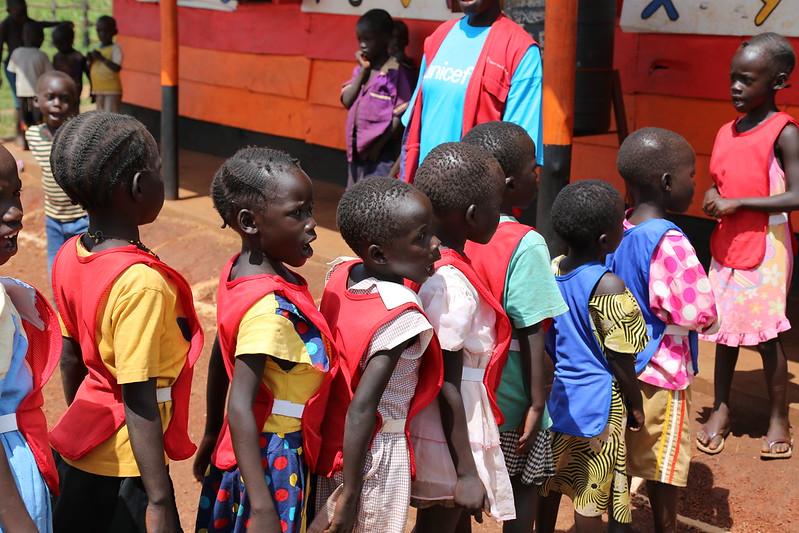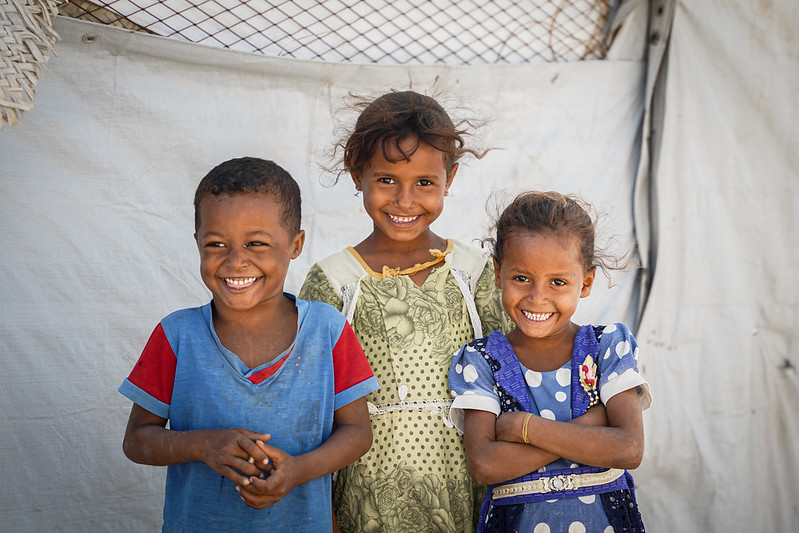 Violent internal conflict, malnourishment and severe weather conditions have resulted in a state of crisis for Yemen. The United Nations Sustainable Development Goals (SDG) Index ranks Yemen as the 163rd least developed country out of 166 countries in the U.N. index ranking. Internal conflict has led to about half of Yemen’s population, around 18 million, in need of humanitarian assistance with another 4.5 million internally displaced, and in just one year 89 schools and hospitals were bombed highlighting the urgency of the crisis. According to the United Nations SDG Index and the Human Development Index (HDI), Yemen’s consistently increasing poverty rates, worsening food insecurity and the continual destruction of clean water and health care infrastructure indicate a grave need for humanitarian aid. Here are three of the most prominent non-governmental organizations (NGOs) operating in Yemen today.
Violent internal conflict, malnourishment and severe weather conditions have resulted in a state of crisis for Yemen. The United Nations Sustainable Development Goals (SDG) Index ranks Yemen as the 163rd least developed country out of 166 countries in the U.N. index ranking. Internal conflict has led to about half of Yemen’s population, around 18 million, in need of humanitarian assistance with another 4.5 million internally displaced, and in just one year 89 schools and hospitals were bombed highlighting the urgency of the crisis. According to the United Nations SDG Index and the Human Development Index (HDI), Yemen’s consistently increasing poverty rates, worsening food insecurity and the continual destruction of clean water and health care infrastructure indicate a grave need for humanitarian aid. Here are three of the most prominent non-governmental organizations (NGOs) operating in Yemen today.
Save the Children
Save the Children is one of Yemen’s largest and longest-standing organizations working towards development and relief. As suggested by the name, Save the Children prioritizes funds and initiatives geared towards bettering the futures of the world’s children whether that be through education, health and medicine, policy and advocacy and emergency response programs, according to its website.
In response to the ongoing crisis in Yemen, Save the Children has been working on the ground and raising funds to bring much-needed resources to those most vulnerable. The organization has been operating in the country since 1963 and has been recognized as one of the largest NGOs operating in Yemen. Save the Children has delivered life-saving assistance to more than 5 million children in need since March 2015, and has supported more than 200 health facilities in providing vital resources for babies and children across the country, according to its website.
Youth for Homeland
Youth for Homeland (YFH) is an independent youth organization based in Yemen that works alongside its partners and relevant local governments to work towards a more developed future for Yemen. Established in 2013 with two branches, more than 150,000 indirect beneficiaries and 66,000 direct beneficiaries, YFH maintains goals of building economic stability and strong infrastructure across the country. The NGO works with other NGOs and INGOs along with relevant local governments to improve the lives of the Yemeni people.
YFH is actively working towards development in sectors ranging from sanitation and clean water to food security and youth empowerment. Some of the central projects of the organization include campaigns to provide food to vulnerable families, building better water infrastructure for clean water sources, and creating friendly and safe spaces for children in conflict-ridden regions to provide educational opportunities and improve health in the Yemeni youth.
Yemen Relief and Reconstruction Foundation
Advocating for awareness and policy change to U.S. politicians and policymakers while simultaneously working on the ground in Yemen to bring relief to those in need is what the Yemen Relief and Reconstruction Foundation (YRRF) values at its core. The YRRF’s mission statement surrounds the central value of rejecting war and violence and focusing completely on fostering peace, a moral principle reflected in each of the foundation’s projects both on the ground and abroad.
With about 18 million Yemeni lacking access to clean water, improving water infrastructure and funding innovative clean water solutions are a top priority for the Yemen Relief and Reconstruction Foundation. Since April 2024, YRRF fed more than 1,000 malnourished kids, their families received food baskets and caretakers learned proper feeding techniques. Furthermore, the foundation has changed the lives of 354 Yemeni orphans under the age of 18 through the YRRF’s orphan sponsorship program, thus enabling families to pave the way to brighter futures for themselves and their children.
These select initiatives only scratch the surface of the impact that the YRRF has had on the country. Offering cash transfer programs, delivering clean water tanks, training midwives to encourage safer health practices and supporting economic entrepreneurship are all programs that the foundation promotes across Yemen bringing about change on the ground and advocating for international awareness.
NGOs Operating in Yemen: Making a Change
NGOs operating in Yemen have prioritized support to those who are most vulnerable and advocated for awareness and policy change regarding the crisis. Save the Children, Youth for Homeland and the Yemen Relief and Reconstruction Foundation along with their partners and many more charitable organizations both national and worldwide represent hope and dedication to a better future for Yemen and the developing world in its entirety.
– Juliana Granville
Juliana is based in Brooklyn, NY, USA and focuses on Technology and Good News for The Borgen Project.
Photo: Flickr

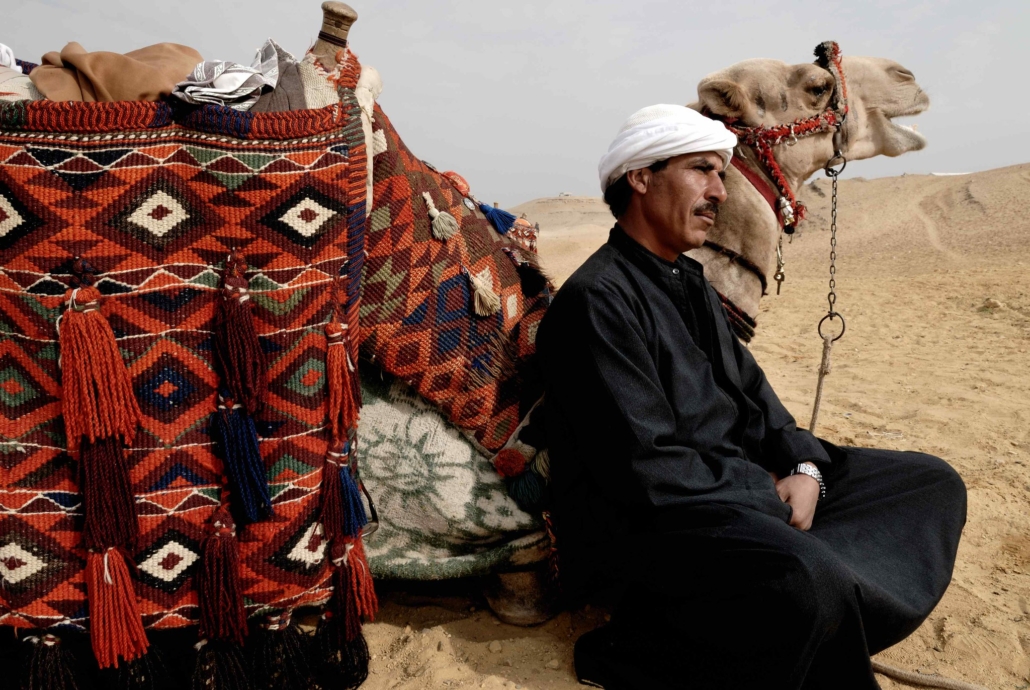 A decade into Sisi’s reign, Egypt’s economy remains in decline. As the most populous Arab country with around 106 million people, the country continues to face significant economic challenges. In 2020, the World Bank estimated that
A decade into Sisi’s reign, Egypt’s economy remains in decline. As the most populous Arab country with around 106 million people, the country continues to face significant economic challenges. In 2020, the World Bank estimated that  The Federal Democratic Republic of Ethiopia, landlocked in Eastern Africa, is bordered by Somalia, Kenya, South Sudan, Sudan, Eritrea and Djibouti. The country is
The Federal Democratic Republic of Ethiopia, landlocked in Eastern Africa, is bordered by Somalia, Kenya, South Sudan, Sudan, Eritrea and Djibouti. The country is  Zimbabwe, situated in southern Africa, grapples with serious
Zimbabwe, situated in southern Africa, grapples with serious 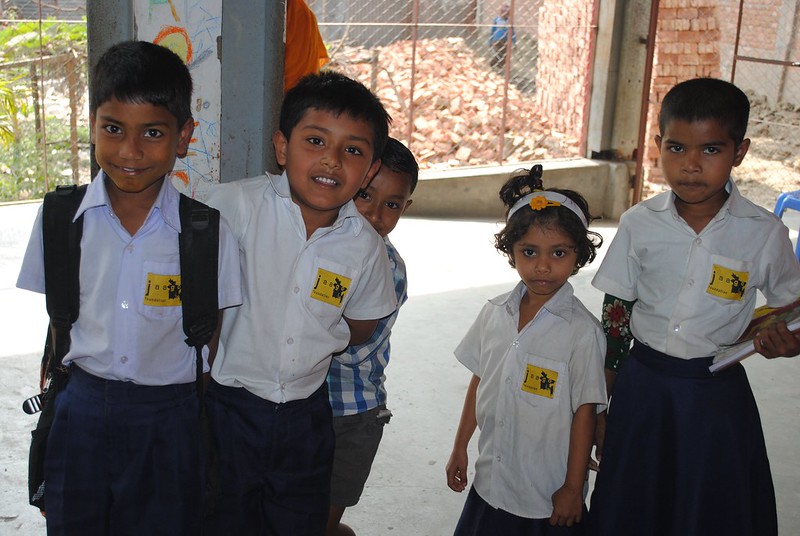

 Her Royal Highness (HRH) the Princess Royal, accompanied by her husband, Vice Admiral Sir Timothy Laurence, visited Colombo, Sri Lanka, marking the 75th Anniversary of bilateral relations between Sri Lanka and the United Kingdom (U.K.). As Patron of the Save the Children Foundation, HRH Princess Anne’s charity efforts included a visit to the organization’s main office, where she unveiled a plaque commemorating the 50th Anniversary of Save the Children working in Sri Lanka. In addition, HRH took part in the tradition of lighting a ceremonial oil lamp symbolizing hope and prosperity.
Her Royal Highness (HRH) the Princess Royal, accompanied by her husband, Vice Admiral Sir Timothy Laurence, visited Colombo, Sri Lanka, marking the 75th Anniversary of bilateral relations between Sri Lanka and the United Kingdom (U.K.). As Patron of the Save the Children Foundation, HRH Princess Anne’s charity efforts included a visit to the organization’s main office, where she unveiled a plaque commemorating the 50th Anniversary of Save the Children working in Sri Lanka. In addition, HRH took part in the tradition of lighting a ceremonial oil lamp symbolizing hope and prosperity.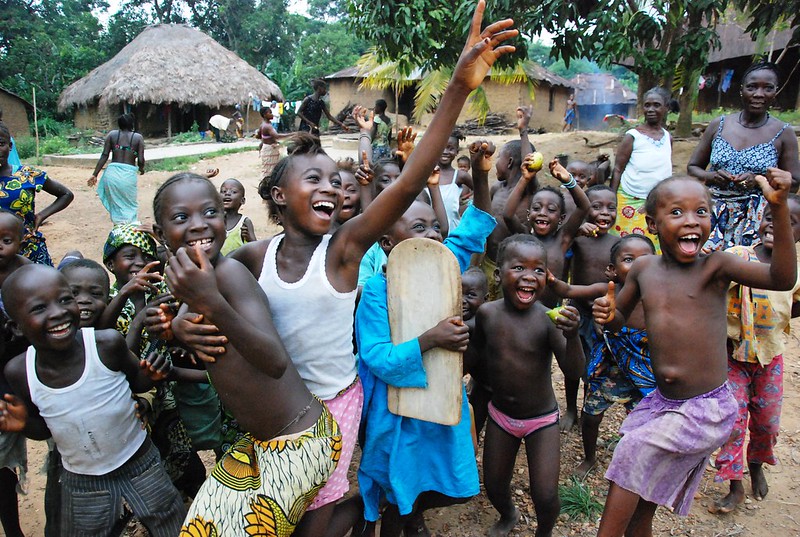 It is upsetting when children witness violence outside their homes. There is a sense of fear about what will happen to their family and homes. As a result, it is easy to kidnap or coerce children into becoming soldiers for the sake of their country. Children experience many different forms of violence.
It is upsetting when children witness violence outside their homes. There is a sense of fear about what will happen to their family and homes. As a result, it is easy to kidnap or coerce children into becoming soldiers for the sake of their country. Children experience many different forms of violence. 